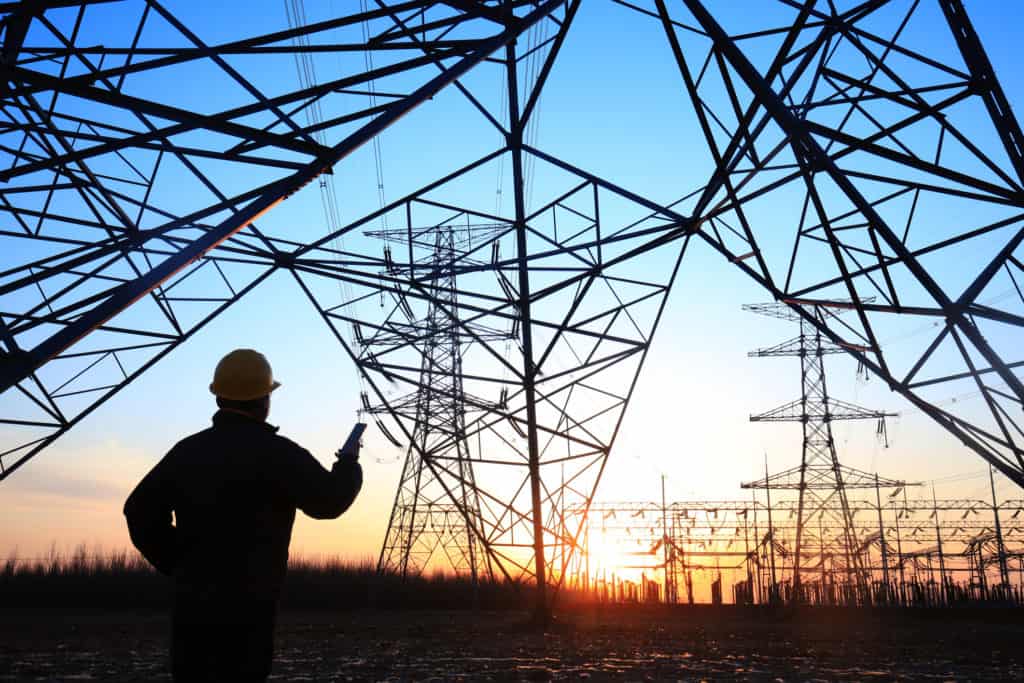With technological advancements in renewable energy technology, lighting company Allight brings to the market a new solar powered lighting tower ideal for use on road projects.
Australia is a sunburnt country, receiving the highest average solar radiation per square metre of any continent in the world, according to the Australian Renewable Energy Agency (ARENA).
This makes the country one of the best regions in the world to capture solar energy, as it receives on average 10,000 times more solar radiation than the country’s total energy consumption, according to Geoscience Australia.
Solar panels are used across the country to capture this energy, with more than $8.5 billion invested into renewable energy in Australia, according to the United Nations’Global Trends in Renewable Energy Investment 2018 report. The report also found that the costs associated with solar energy had continued to fall in 2017.
With the decreased costs associated with solar technology, lighting distributor Allight has released the Solar LED metro lighting tower, which uses solar panels to charge an array of batteries.
It uses a 4×100-watt LED system connected to a hydraulic tilt to ensure the solar panels are angled to gather the most amount of sunlight possible.
David Peate, Allight Product Specialist estimates the tower is able to run for five consecutive days of 10 hours of use per night, even when there are sunlight poor conditions.
“We performed market research and found that the industry wanted more solar powered lighting systems. Using this information, Allight designed the URBAN solar lighting tower to focus with a long lasting, reliable lighting,” he explains.
“The lightbar can be moved along a 360-degree rotation and has a considerable vertical angle, able to tilt 170 degrees. This means the solar panels can be positioned toward the north, the most efficient direction for solar collection, while the lights are directed south and down.”
“The tower is raised by a hydraulic extension, which means an operator doesn’t need to wind up 60 to 80 kilograms of weight, protecting them from potential finger damage and kickback,” Mr. Peate adds.
The system can be charged via a mains input if it has not been able to get enough sun. It has a 240-volt inverter which allows for electronics such as phones to be charged from the tower itself.
Mr. Peate says the lack of diesel engine means the tower doesn’t make a sound, which is beneficial for urban areas at night where noise can be significantly restricted.
“In metropolitan areas, there are usually Environment Protection Authority regulations that limit the amount of noise that a construction site can make so residents aren’t disturbed. The URBAN Solar tower works well on suburban road works because of this,” he explains.
“However, where it truly excels is out in the bush and in rural areas. In these areas, the solar panels can take advantage of the sun’s energy during the day to illuminate highway road works and shoulder upgrades.
“It has been designed to have a heavy-duty undercarriage with spring suspension and a durable build. There are also no moving parts when it comes to deploying the solar panels, as these often can be areas where dirt and dust can cause issues,” Mr. Peate adds.
As it does not require fuel to run, Allight aims to save its customers money by reducing running costs.
While the tower is able to provide a return on investment, Mr. Peate says that there is still a lack of understanding about how to properly use solar powered lighting towers.
“A lot of people still see solar towers as set and forget, however that’s not true. They need some basic care and maintenance to continue working properly, which includes simple things such as clearing off dirt that has gathered on the solar panels with a soft brush.”
“The design of the tower means that more involved repairs simply require the replacement of the batteries within the tower, which should last a good three to five years if they are treated properly. The steelwork and the LED arrays are expected to last a lot more than five years as well,” he adds.
To ensure customers are able to keep the lights on, Allight have service locations in Brisbane, Melbourne, Sydney and Perth and has multiple service agents throughout Australia.
The company also educates its customers on how to properly use the lighting towers and prolong their life.
“You’re limited to around three to five hours of effective sunlight per day, and it is important to use this time effectively. The towers won’t work properly if they’re being used next to skyscrapers or if they are left in the shade of a tree,” Mr. Peate explains.
“For that reason, we have demonstrations where we show how to set up and locate the towers. For example, we teach customers to face the panels north, as that produces the most amount of electricity from the sun.
“We’re excited to launch the new tower to the market and hope to help our customers by providing them with an environmentally friendly and cost-effective lighting tower.”












